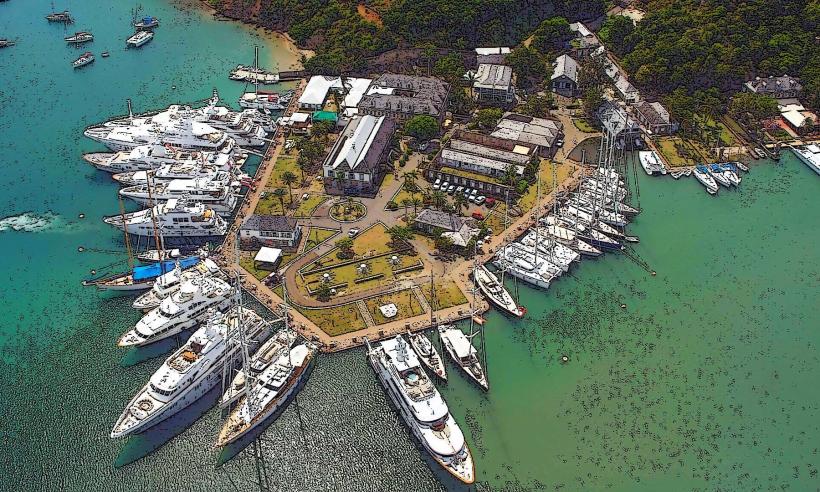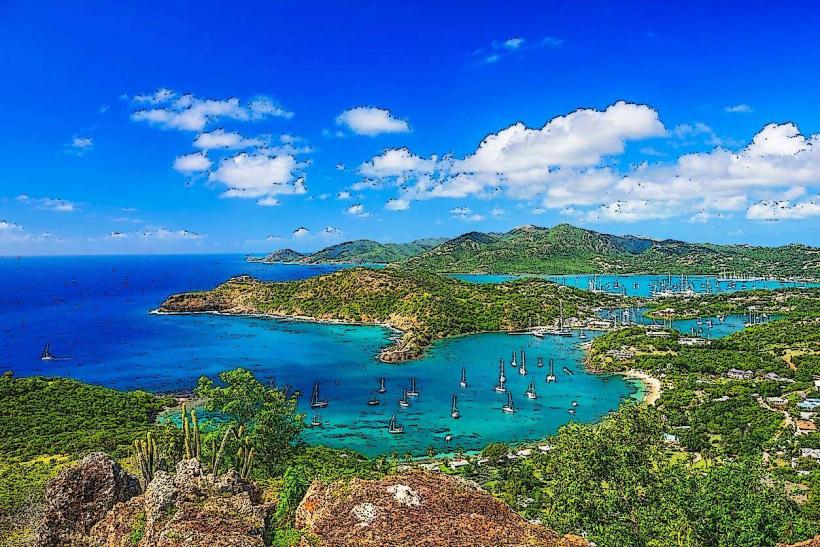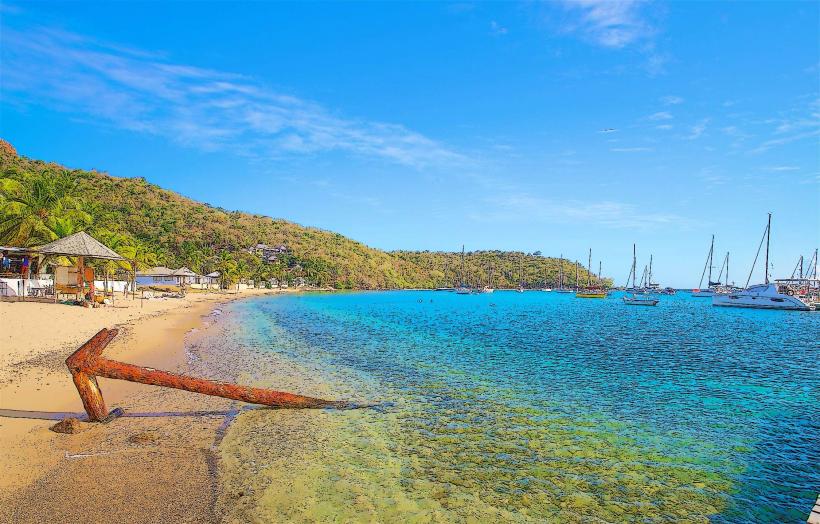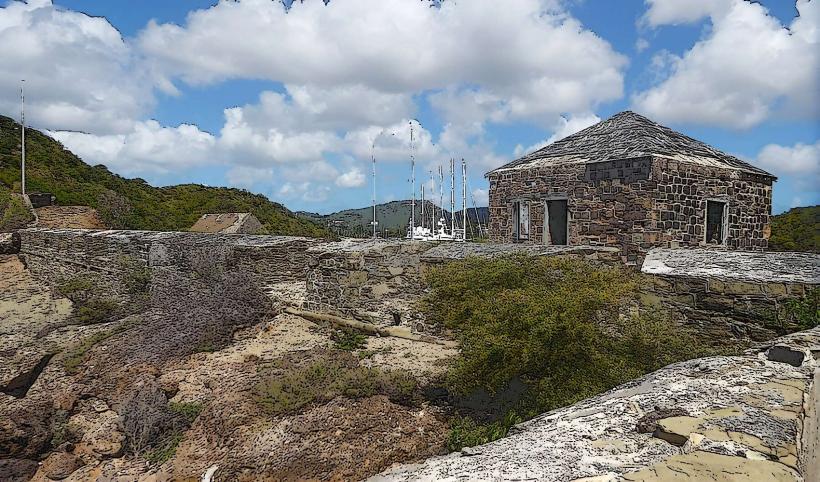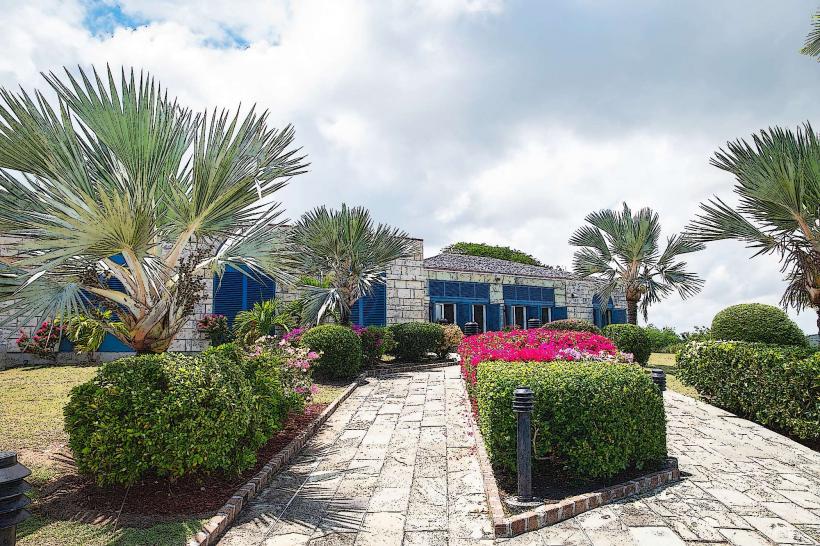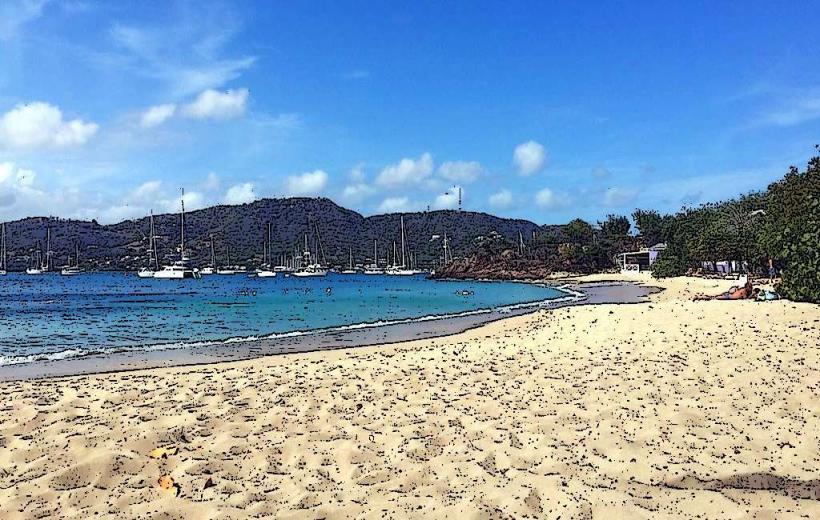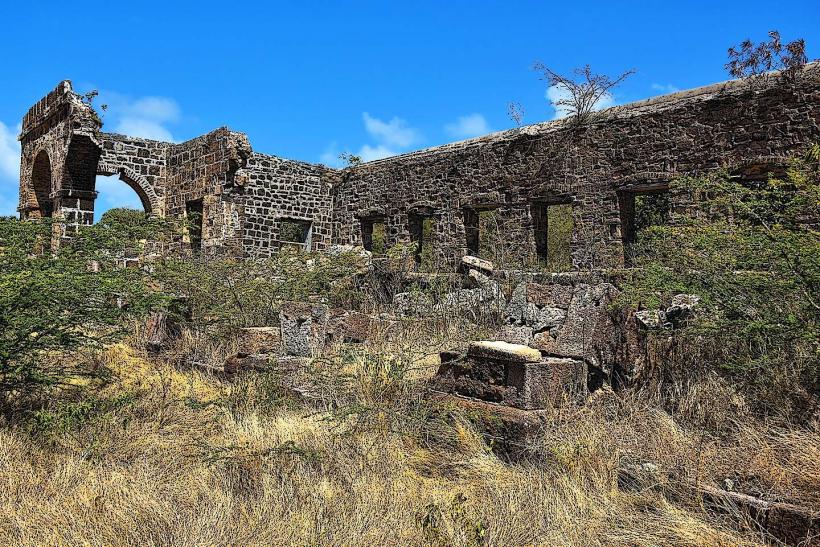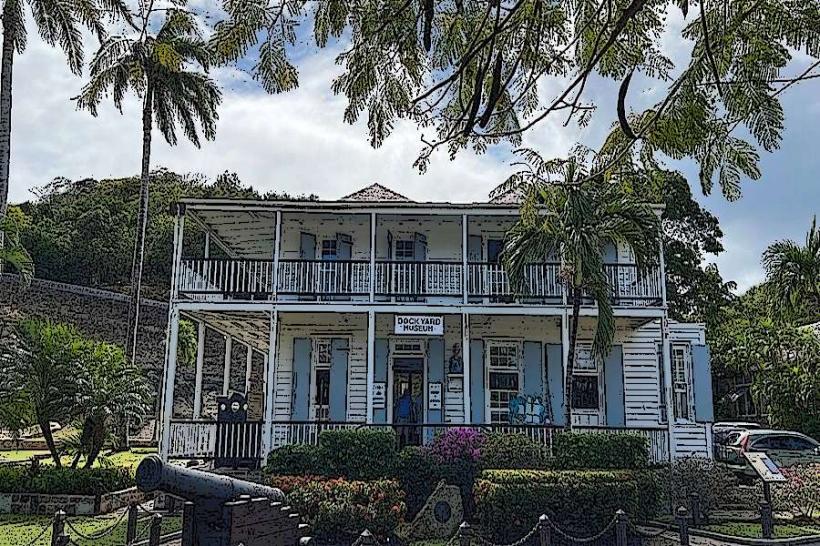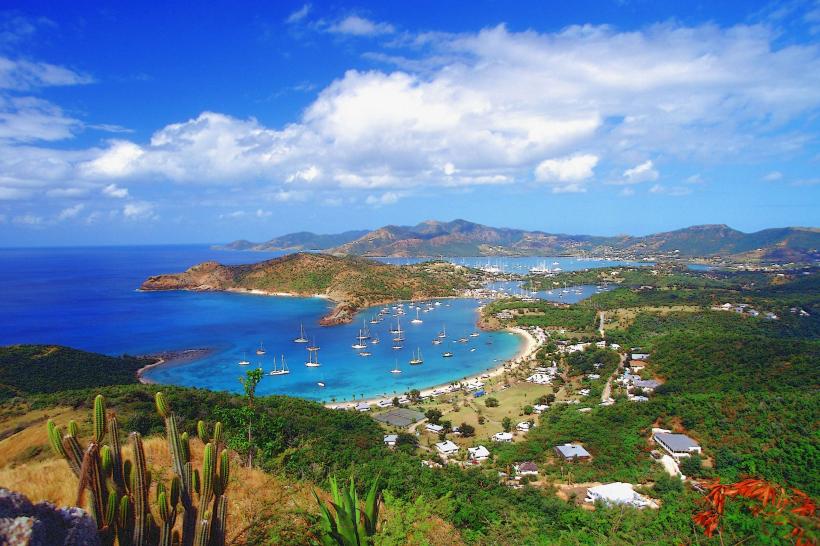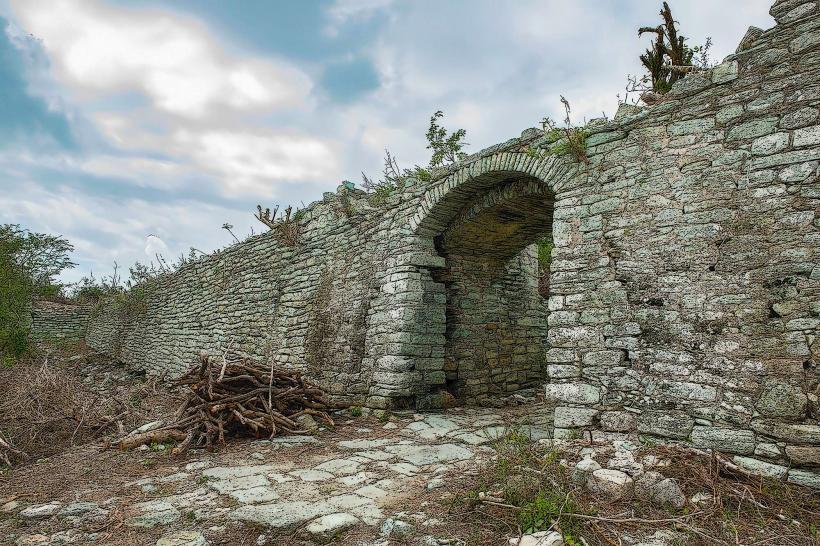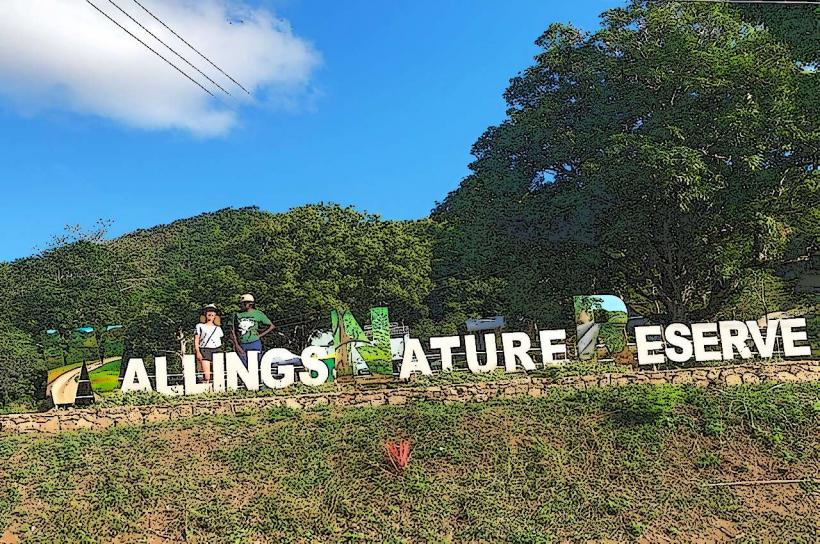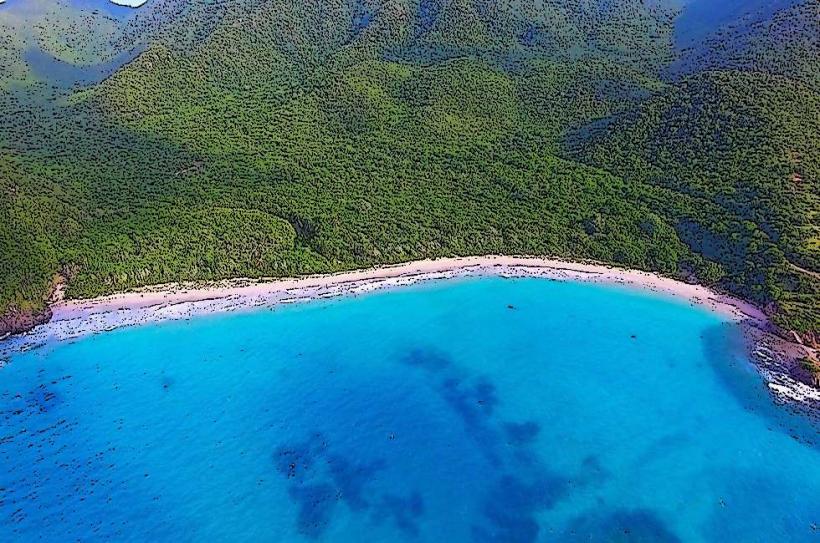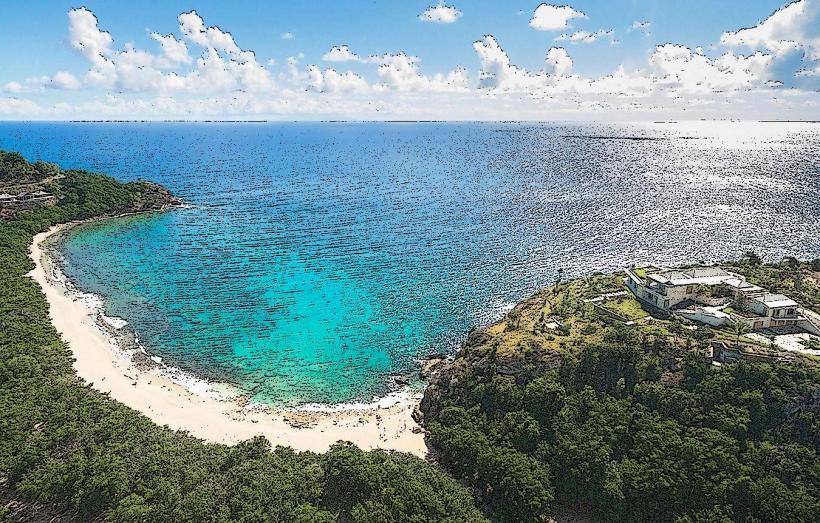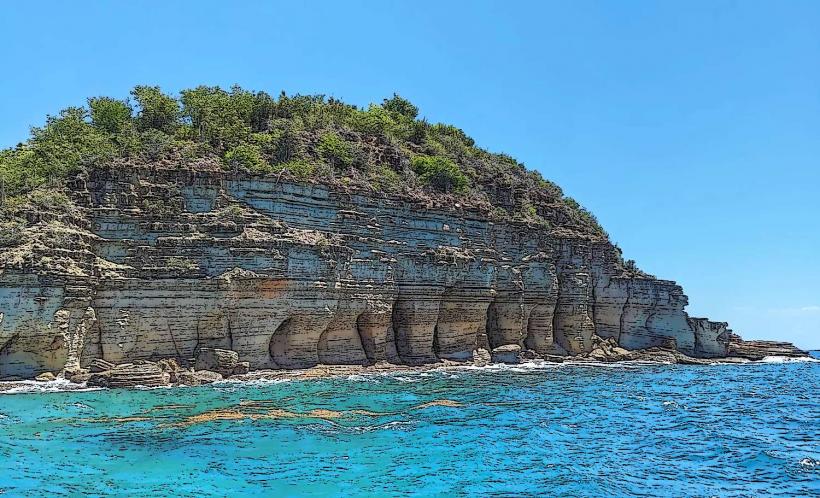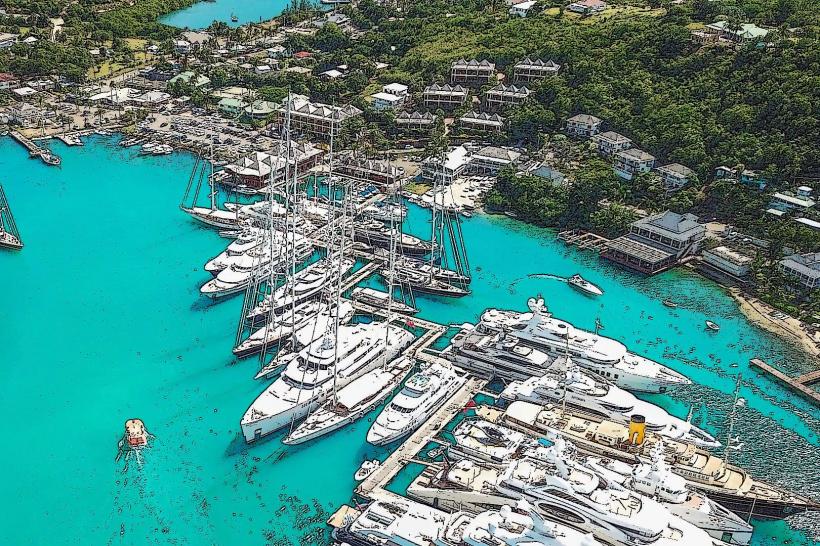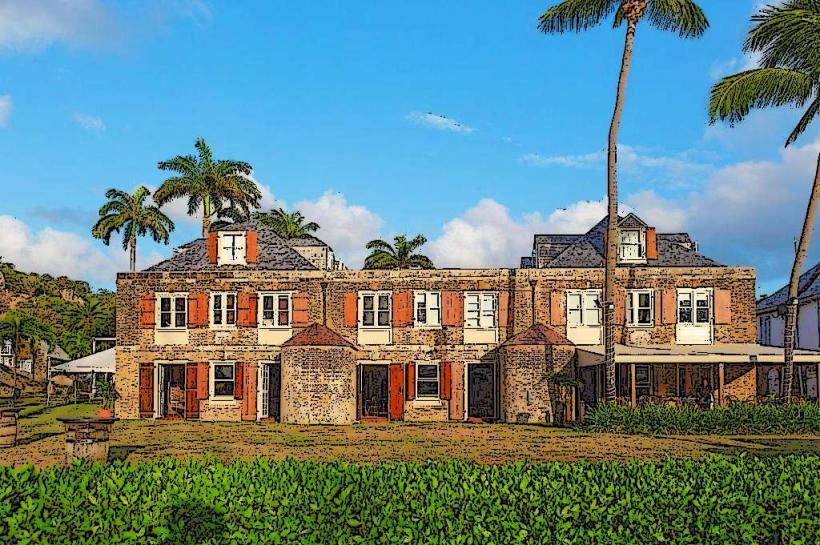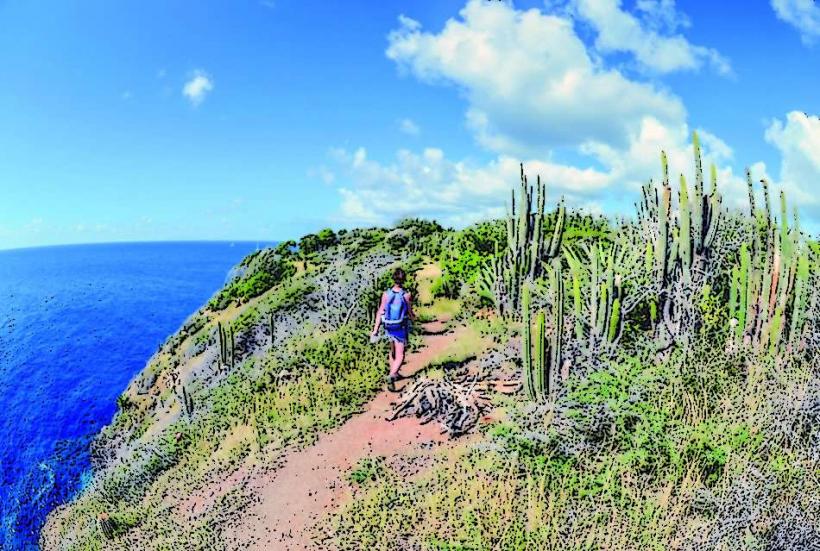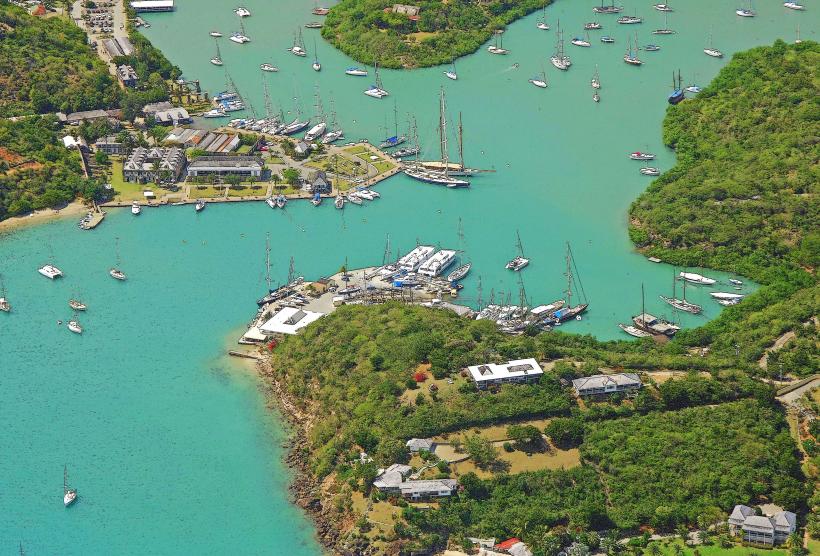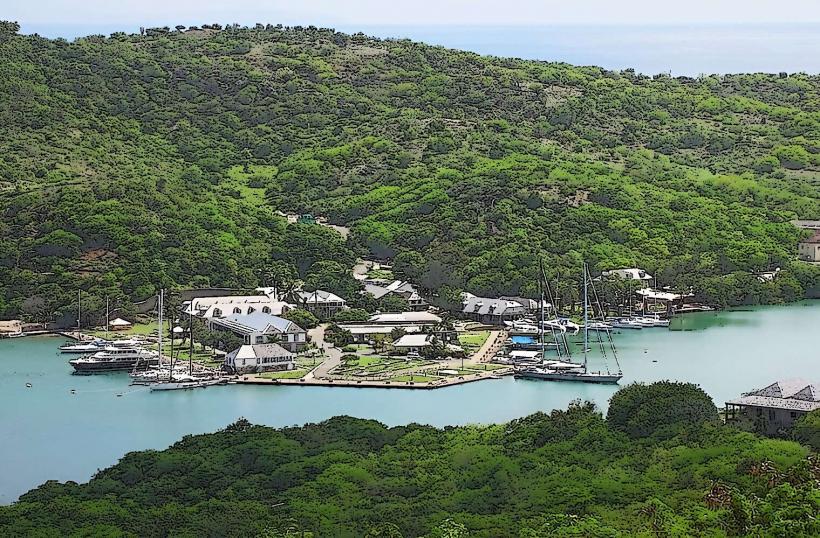Information
Landmark: Clarence HouseCity: English Harbour
Country: Antigua and Barbuda
Continent: North America
Clarence House, Antigua
Clarence House is a significant historical and architectural landmark located in St. John's, Antigua. Originally constructed in the 18th century, this elegant building has served various important functions over the years, including as the residence of colonial governors and as a symbol of the island’s colonial past.
Today, Clarence House stands as an important part of Antigua’s history, both for its architectural charm and its role in the island’s political and social history.
Historical Significance
Construction and Early Use: Clarence House was built in 1792, during the period of British colonial rule, and was originally intended as the residence for the British Colonial Governor. The house was designed to reflect the importance of the position, with grand architecture and large grounds.
Named After Prince Clarence: It is believed that the house was named after Prince William Henry, the Duke of Clarence, who was later crowned King William IV of the United Kingdom. The royal connection contributed to the building’s prestige.
Governor’s Residence: For much of its history, Clarence House served as the official residence for the British Governors of Antigua. It was here that they conducted government affairs and hosted important visitors. The house provided a grand setting for meetings, gatherings, and official events, symbolizing the power and influence of the British Empire in the Caribbean.
Post-Colonial Use: After Antigua gained independence from Britain in 1981, Clarence House continued to play an important role in the nation’s political life. It has been used for official government functions, and on occasion, it has hosted visiting dignitaries and heads of state.
Architectural Features
Clarence House is known for its Georgian-style architecture, which was popular during the British colonial period. The building is characterized by elegant proportions, symmetry, and the use of local materials.
1. Georgian Architecture
- Facade: The front of the building is symmetrical, with large windows and a central door. The walls are made of local coral stone, which is typical of Antiguan architecture.
- Columns and Porches: Clarence House features columns and porches, giving it a stately appearance. The building's classical design elements reflect the formality and grandeur associated with colonial governance.
- Interior: Inside, the house features high ceilings, large rooms, and traditional furnishings that reflect the opulence of the time when it was used by colonial governors.
2. Gardens and Grounds
- The house is set within beautifully maintained gardens, which were also typical of colonial estates. These gardens include manicured lawns, trees, and tropical plants, making the area both serene and picturesque.
- The grounds were likely used for social gatherings, such as garden parties, that were common among the elite in colonial Antigua.
Current Use and Visitor Experience
Government Building: Today, Clarence House continues to be used for official purposes. It serves as the residence of the Governor-General of Antigua and Barbuda, the representative of the British monarch on the island. The house is a symbol of the island's continuing ties to its colonial past while also representing its current status as an independent nation.
Historical Site: Clarence House is open to visitors, and while it is not always accessible to the public, there are occasional opportunities for tours. Visitors who are able to tour the house can explore its historic rooms and learn about the role it played in Antigua's colonial era. The gardens surrounding the house are also open to the public, providing a peaceful and scenic environment to enjoy.
Clarence House and Antigua’s Heritage
Clarence House is an important part of Antigua’s historical landscape, representing the legacy of British colonialism and the evolution of the island’s political identity. It’s a reminder of the island's heritage, as well as its transition to independence.
Symbol of Colonial Past: As a former governor’s residence, it serves as a reminder of Antigua’s role within the British Empire. It represents the power dynamics of the colonial era, when Antigua was a major hub for the British Royal Navy and an important part of their Caribbean holdings.
Post-Independence Role: After independence, Clarence House continued to play a symbolic role in Antigua’s political life, as it is still the official residence of the Governor-General. This reflects the island’s connection to the monarchy while also marking the transition to self-governance.
Conclusion
Clarence House remains a key piece of Antigua’s architectural and political history. Its Georgian design and lush gardens offer visitors a glimpse into the island’s colonial past, while its ongoing use as an official residence highlights its continued relevance in the modern era. Whether you're interested in Antigua’s history, its colonial architecture, or the role of the Governor-General, Clarence House is a landmark worth exploring.

